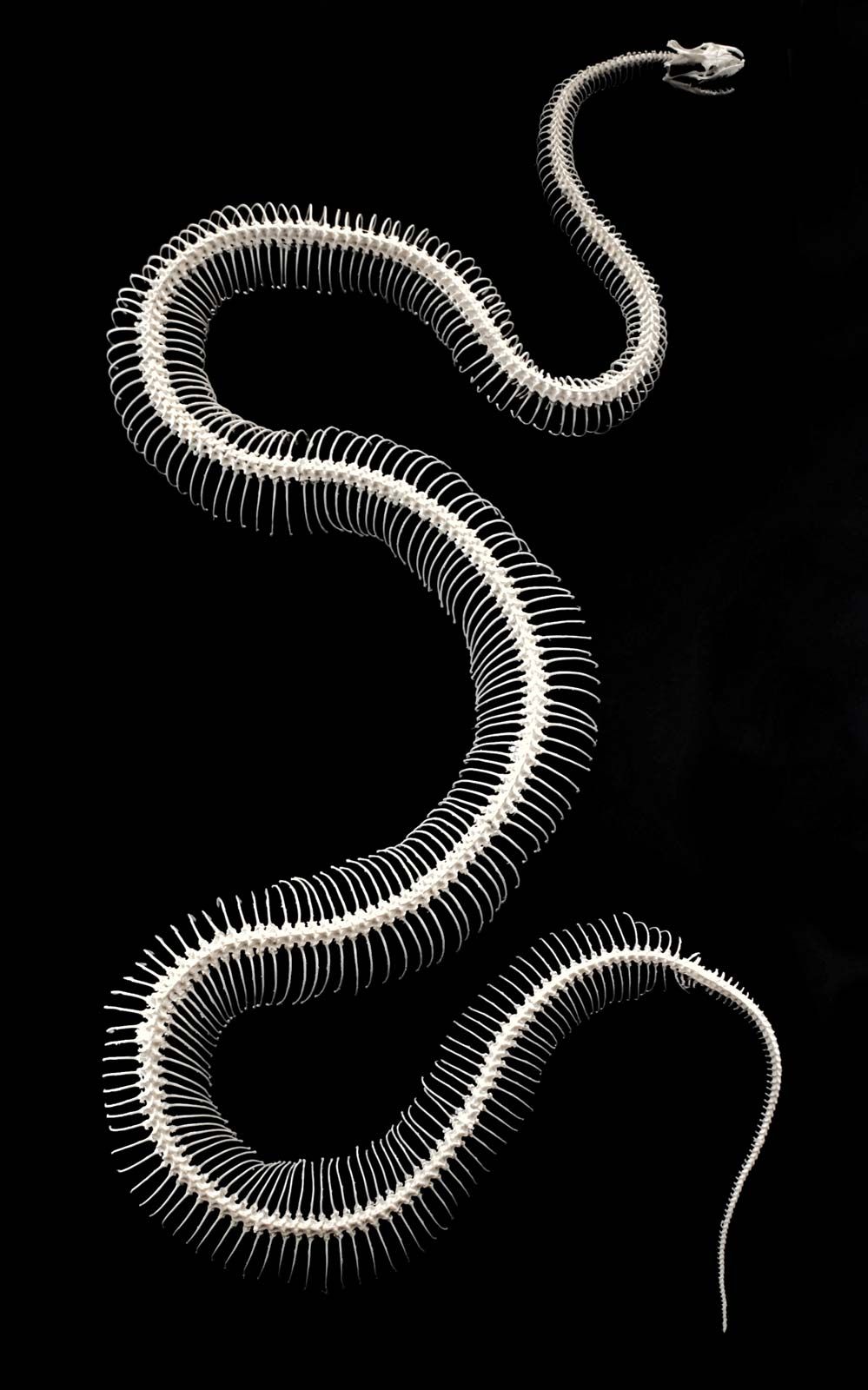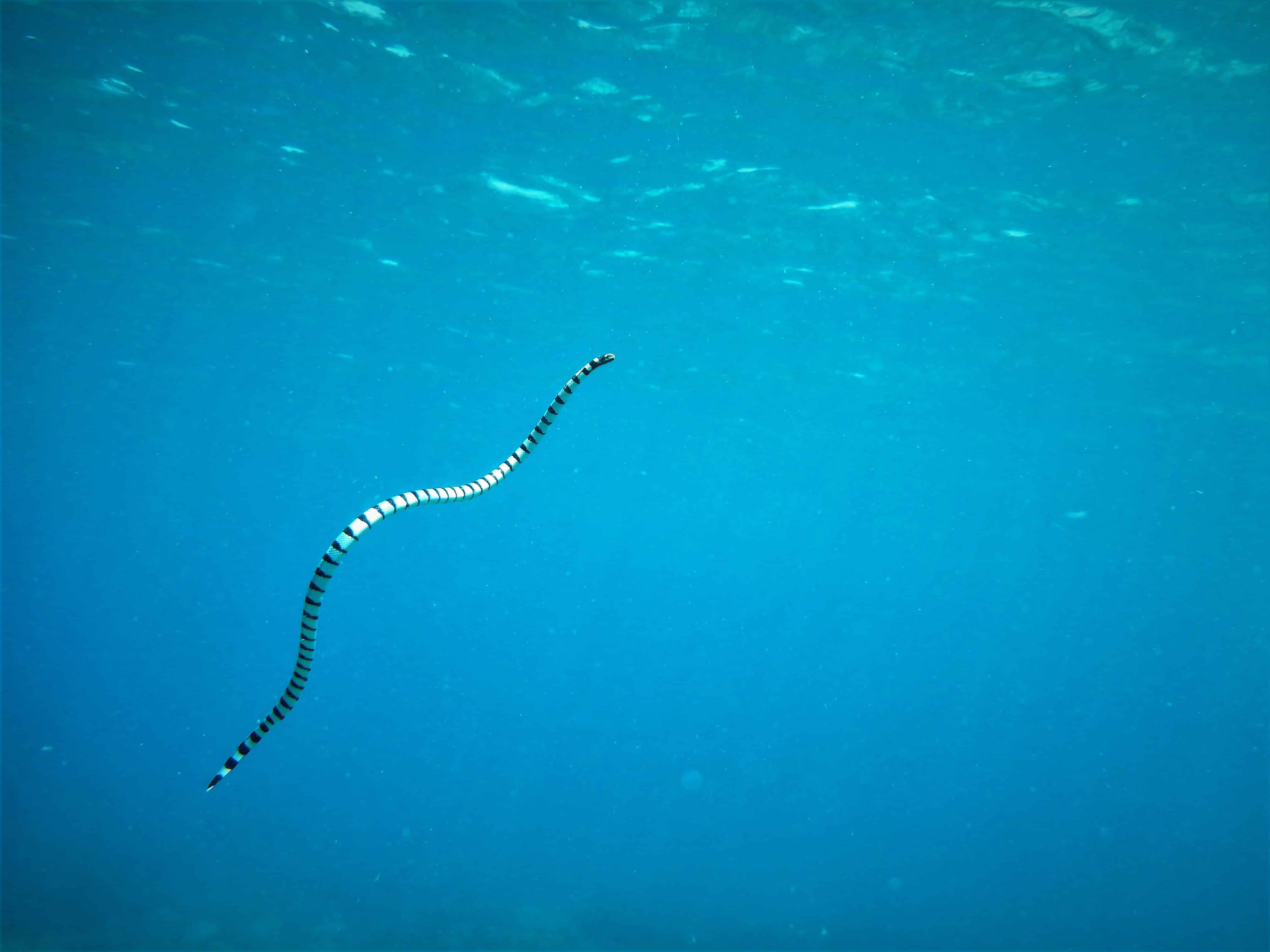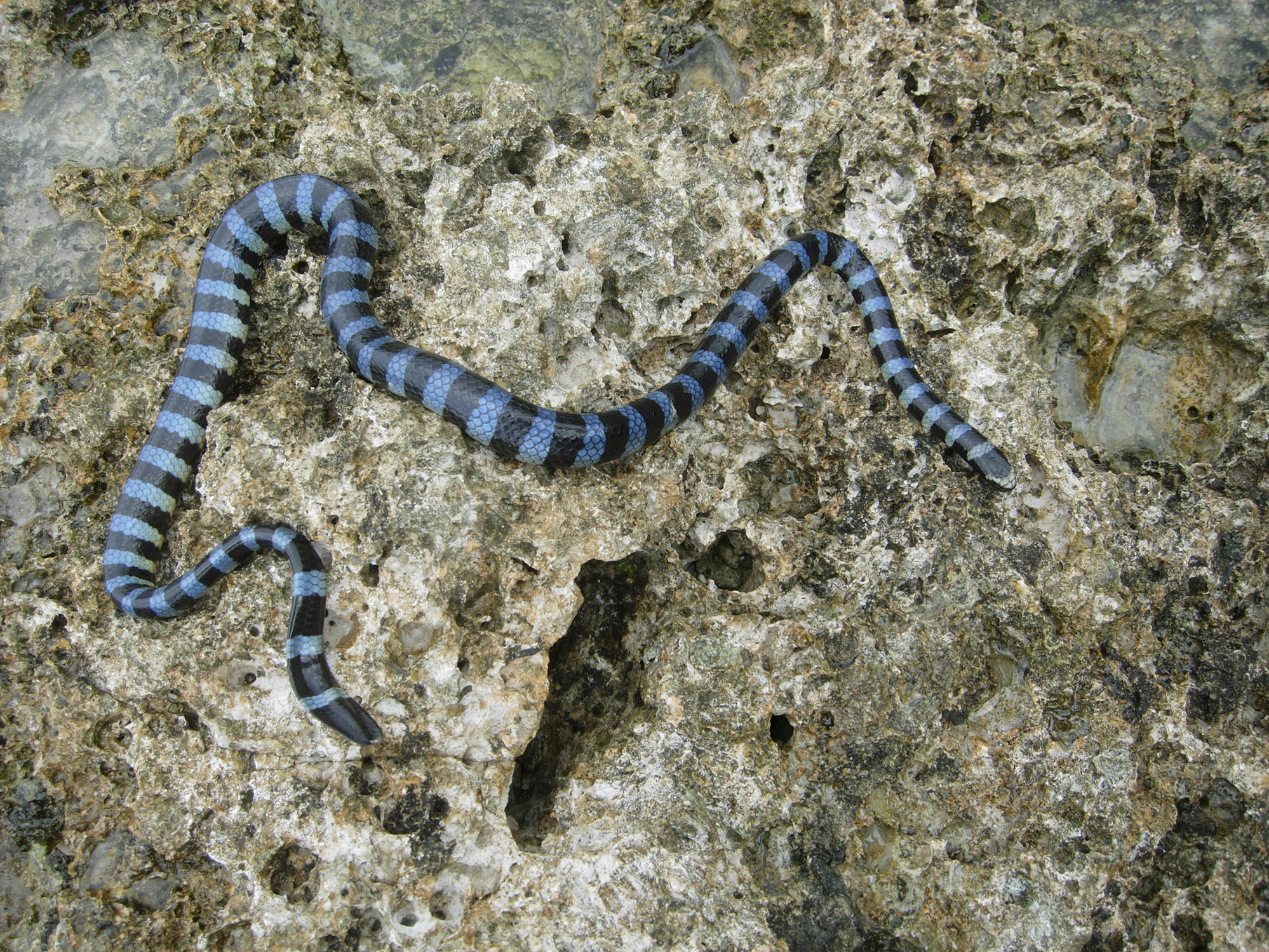Snakes are some of the most fascinating and mysterious creatures in the animal kingdom. But with all the mystery, comes questions like “how long can snakes go without water?” This comprehensive guide will explore the hydration needs of snakes and help you understand when and how to provide water to your pet snake.
Anatomy of a Snake

| Part | Description |
|---|---|
| Head | Wide, flat and triangular with nostrils, eyes, and a flexible jaw |
| Mouth | Contains a pair of retractable fangs at the front |
| Scales | Smooth and overlapping, covering the body from head to tail |
| Vent | Located on the snake’s belly and used for releasing waste and eggs |
| Tail | Pointed tip, with scales that are often slightly different in size and shape |
Snakes are elongated, limbless reptiles that move using a unique form of locomotion called serpentine locomotion. They are found on all continents except Antarctica, and their bodies are adapted for living in a variety of habitats. The anatomy of a snake includes a head, mouth, scales, vent, and tail. Snakes have a wide, flat and triangular head with nostrils, eyes, and a flexible jaw. Inside the mouth are a pair of retractable fangs at the front, which are used for injecting venom into prey. The body is covered in smooth and overlapping scales, which protect the snake from the environment. At the bottom of the snake’s belly is the vent, which is used for releasing waste and eggs. The tail of a snake has a pointed tip, and the scales on the tail are often slightly different in size and shape from the body scales.
Water Requirements of Snakes

Snakes require water for hydration, digestion, thermoregulation and excretion of metabolic waste. The amount of water a snake needs depends on factors such as age, health, activity level and environment. Generally, adult snakes need to drink water at least once a week, while younger snakes may need to drink more frequently.
In captivity, snakes should be offered water in a shallow bowl or dish, allowing them to submerge their entire body if they want to. It is important to change the water regularly and keep the bowl clean.
Water Requirements by Species
| Species | Water Requirement |
|---|---|
| Colubrid | Once a week |
| Boas and Pythons | Once or twice a week |
| Vipers and Elapids | Twice a week |
In the wild, snakes get the water they need from the food they eat, such as frogs, rodents, birds, insects and other small animals. They will also drink from puddles and other sources of standing water.
Factors Affecting Water Requirements

| Factor | Description |
|---|---|
| Species | Different species of snakes have different water requirements. |
| Climate | Hotter climates require more water than cooler climates. |
| Size | Large snakes require more water than smaller snakes. |
| Activity Level | More active snakes require more water than less active snakes. |
| Diet | Snakes that eat a more water-rich diet need less water than those that eat a less water-rich diet. |
| Humidity | Higher humidity requires less water than lower humidity. |
Different species of snakes have different water requirements, as do snakes of different sizes and those living in different climates. Activity level and diet can also affect water requirements. Higher humidity requires less water than lower humidity.
Survival Without Water

Snakes are reptiles, and as such, they require water to survive. Without access to water, snakes can only last a few days before succumbing to dehydration. In order to survive, snakes must find an alternate source of water, such as from the environment or their prey.
| Situation | Time Without Water |
|---|---|
| Normal Environment | 3-4 Days |
| Extreme Heat | 2-3 Days |
| Extreme Cold | 1-2 Days |
In a normal environment, the maximum amount of time a snake can go without water is 3-4 days. In extreme heat, the time is reduced to 2-3 days, and in extreme cold, it is reduced to 1-2 days. If a snake is unable to find a water source within this time, it will die.
Signs of Dehydration
| Symptoms | Appearance |
|---|---|
| Lethargy | The snake appears weak and is slow to move. |
| Lack of appetite | The snake refuses food and does not have interest in food. |
| Mucus membrane dehydration | The snake’s mouth and eyes look sunken. |
| Skin dehydration | The snake’s skin appears dry, wrinkled and dull. |
| Loss of elasticity | The skin is hard to pinch and does not return to its original shape. |
Dehydration can be a serious health issue for a snake. If the snake is not given adequate amounts of water, the snake can become very ill. It is important to monitor the snake and look for signs of dehydration. The signs of dehydration in snakes include lethargy, lack of appetite, dehydration of mucus membranes, dehydration of skin and loss of elasticity. If a snake shows any of these signs, it is important to take steps to rehydrate the snake.
Ways to Provide Water to Snakes
- Provide a large, shallow water bowl large enough for the snake to soak in. Change the water daily and scrub the bowl once a week.
- Mist the enclosure with a spray bottle of fresh water once or twice a day.
- Place a large, damp towel in the enclosure once a week. This will provide the snake with both water and humidity.
- Provide a water source in the enclosure such as a fountain, dripper, or bubbler.
Providing the Right Environment
Snakes need an environment that mimics their natural habitat, with warm temperatures, clean water, and hiding places to feel secure. The temperature should be kept between 75 and 85 degrees Fahrenheit, and the humidity should be between 40 and 60 percent. A basking lamp is recommended to create the necessary heat gradient for the snake. A bowl of clean water should be provided, and replaced or cleaned every day. Hiding spots should be provided so that the snake can feel secure and hide when it needs to. Finally, substrate should be used to cover the floor of the habitat, such as newspaper, aspen shavings, cypress mulch, or reptile carpet.
Frequently Asked Questions
How often should I provide water to my pet snake?
Snakes should be provided with fresh water every few days. Depending on the size of the snake, the water bowl should be large enough for it to soak in and should be changed regularly to prevent bacteria and fungus growth. For smaller snakes, the water should be changed daily. Additionally, the water should be kept at the correct temperature for the species of snake.
What are the Health Risks Associated with Snakes Not Drinking Enough Water?
Not drinking enough water can cause a variety of health issues in snakes, such as dehydration, electrolyte imbalance, organ failure, and even death. Dehydration can lead to skin damage, difficulty shedding, digestive issues, and regurgitation. Electrolyte imbalance can cause paralysis, seizures, and even cardiac arrest. If untreated, organ failure can occur, which can lead to the snake’s death.
Are there certain environmental conditions that can lead to dehydration in snakes?
Yes, there are certain environmental conditions that can lead to dehydration in snakes. Hot and dry weather, lack of humidity, and prolonged exposure to direct sunlight are some of the environmental factors that can increase the risk of dehydration in snakes. Additionally, snakes can lose a significant amount of water through their skin when kept in an enclosure that does not have sufficient humidity levels.
What can I do to Encourage my Snake to Drink More Water?
Provide a wide, shallow water bowl that is easily accessible to your snake. Place the bowl in a corner of your snake’s tank or cage and make sure the water is changed frequently. Place rocks or branches in the tank to help the snake climb into the bowl more easily. You can also mist the tank with water periodically to provide additional moisture and humidity. Additionally, you can place live food items, such as crickets, in the water bowl to provide added incentive for the snake to drink.
How can I tell if my Snake is Not Properly Hydrated?
Signs of dehydration in a snake include sunken eyes, loss of elasticity in the skin, and a decrease in shedding. The snake may also look lethargic, be less active, or have a lack of appetite. If you suspect that your snake is dehydrated, contact a veterinarian for advice.
Conclusion
Snakes can survive for a few days or weeks without water, depending on the species, their size, and the environment they live in. In captivity, they must be provided with a consistent source of water to keep them healthy and hydrated. Maintaining the right humidity and temperature levels in the enclosure is also crucial to ensure the snake’s health and wellbeing.






